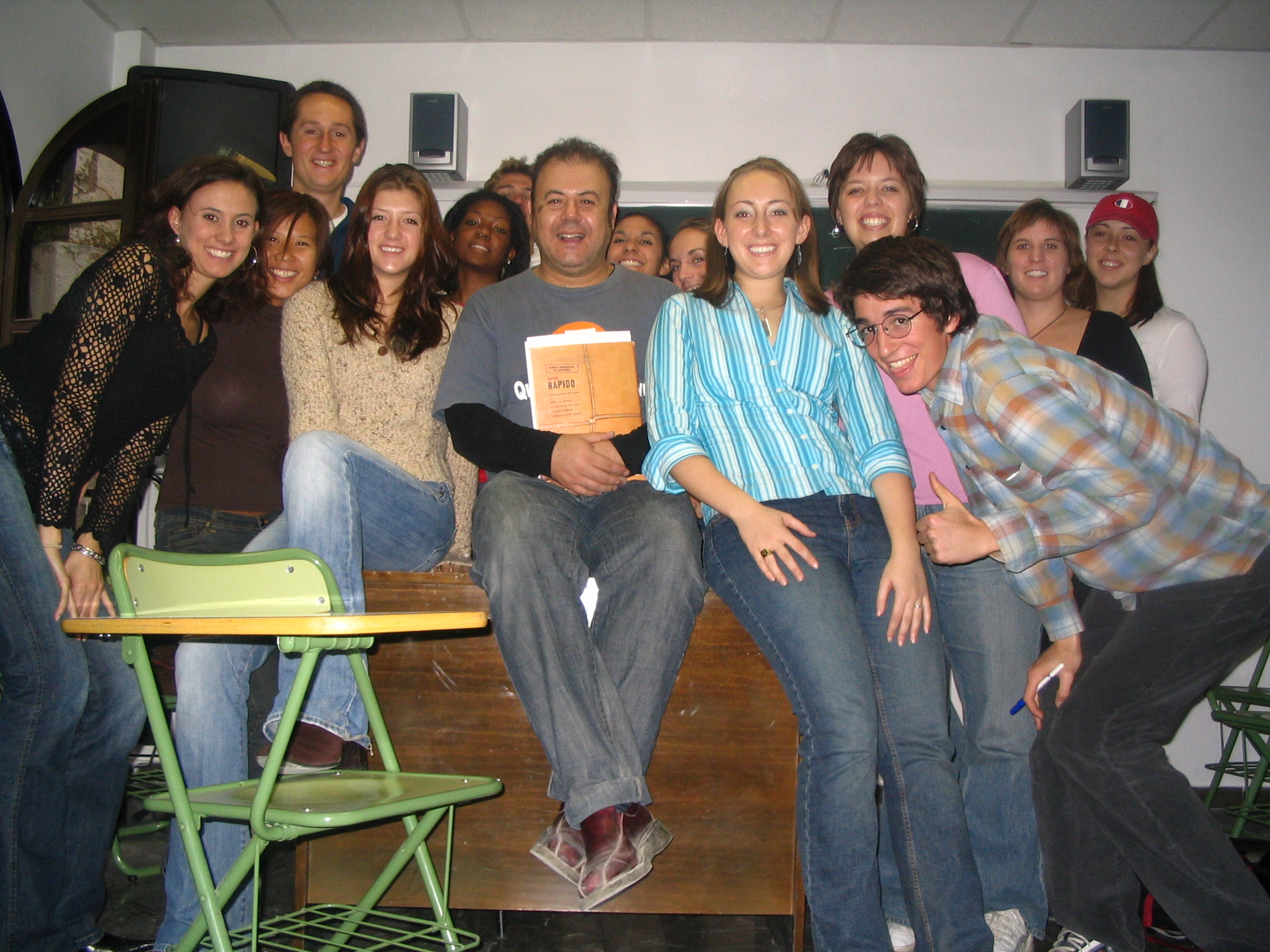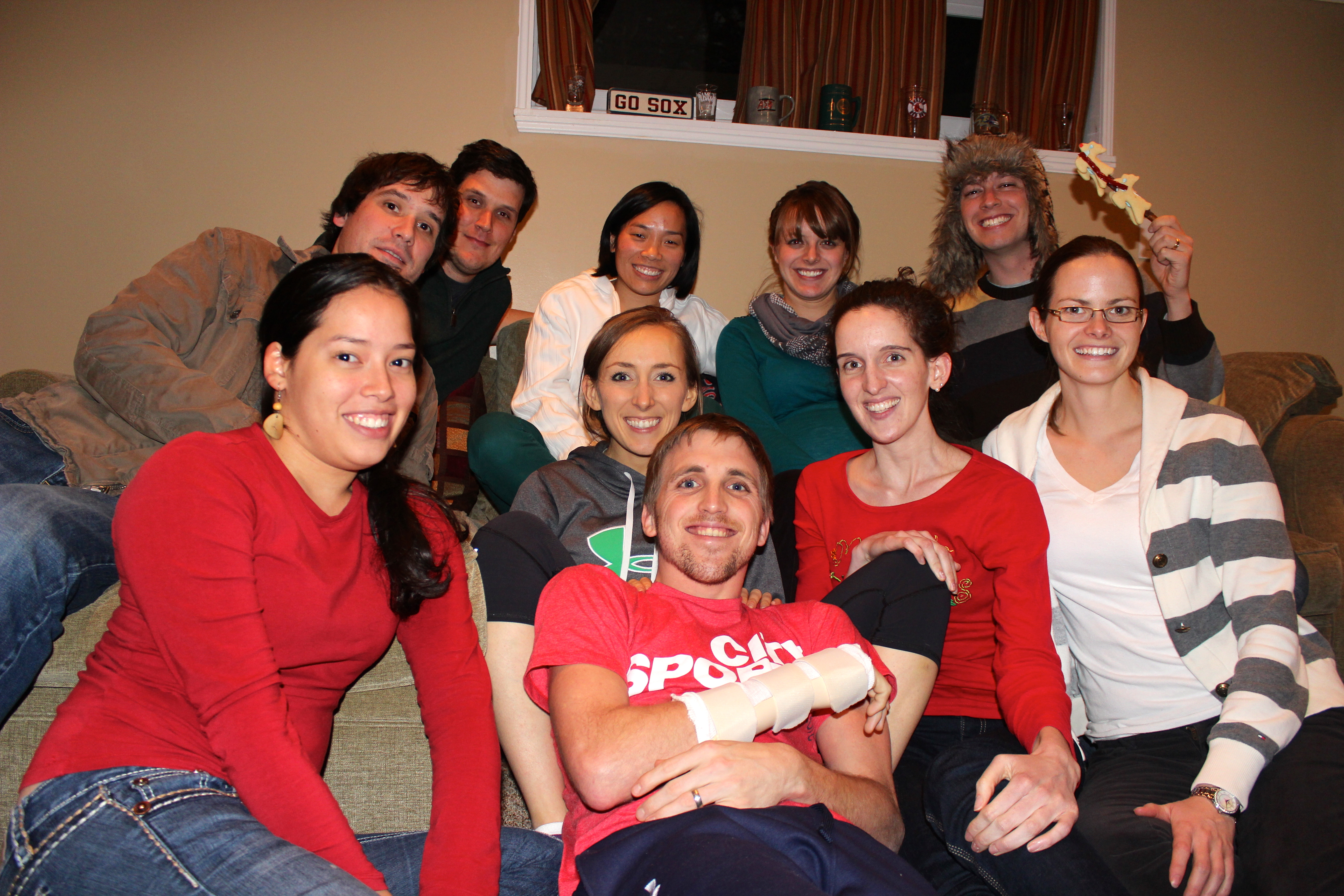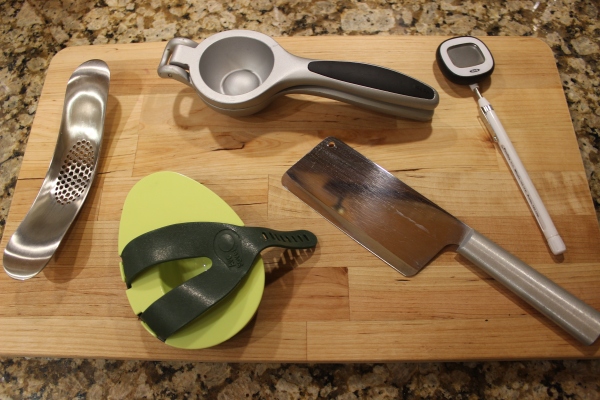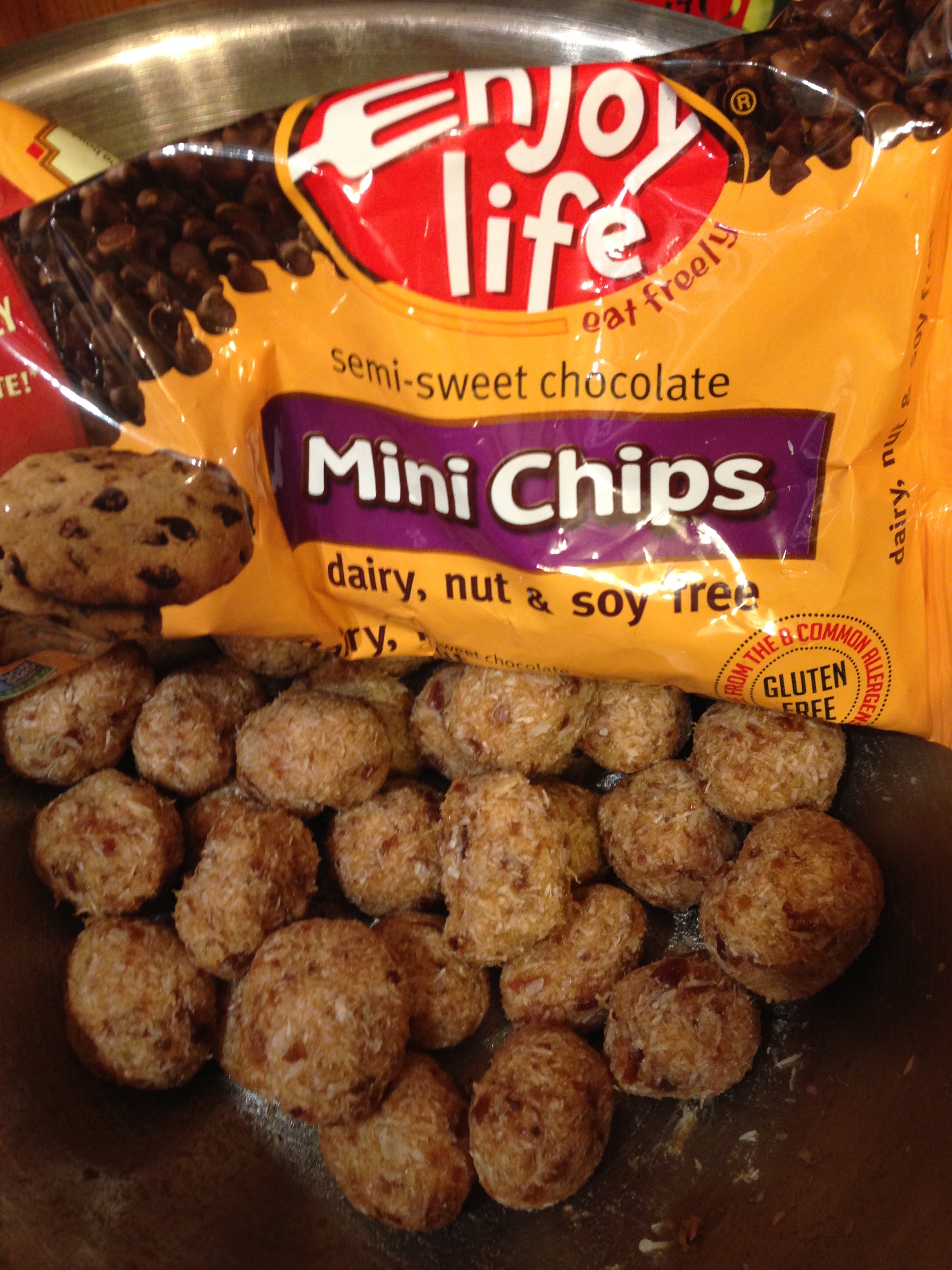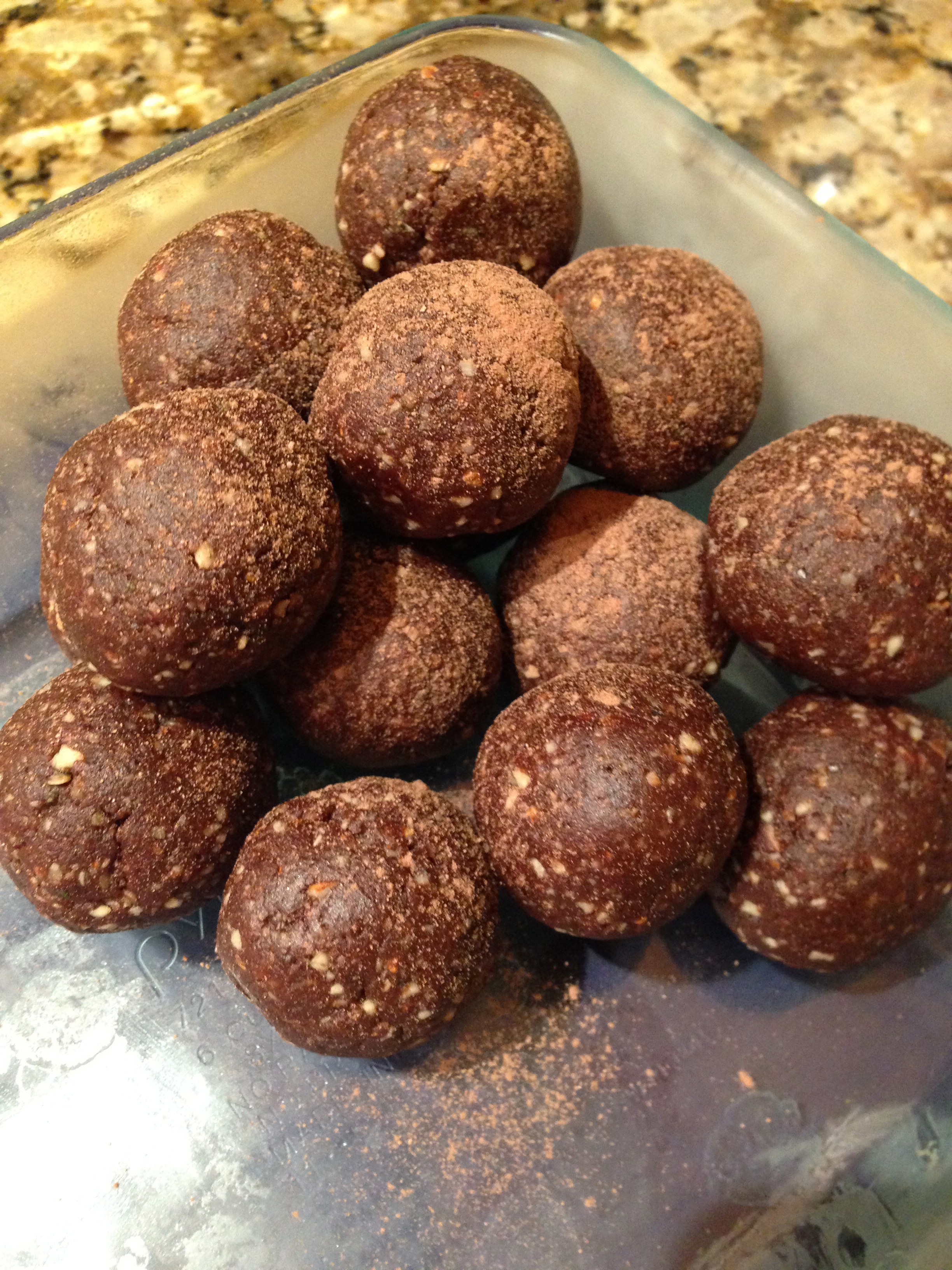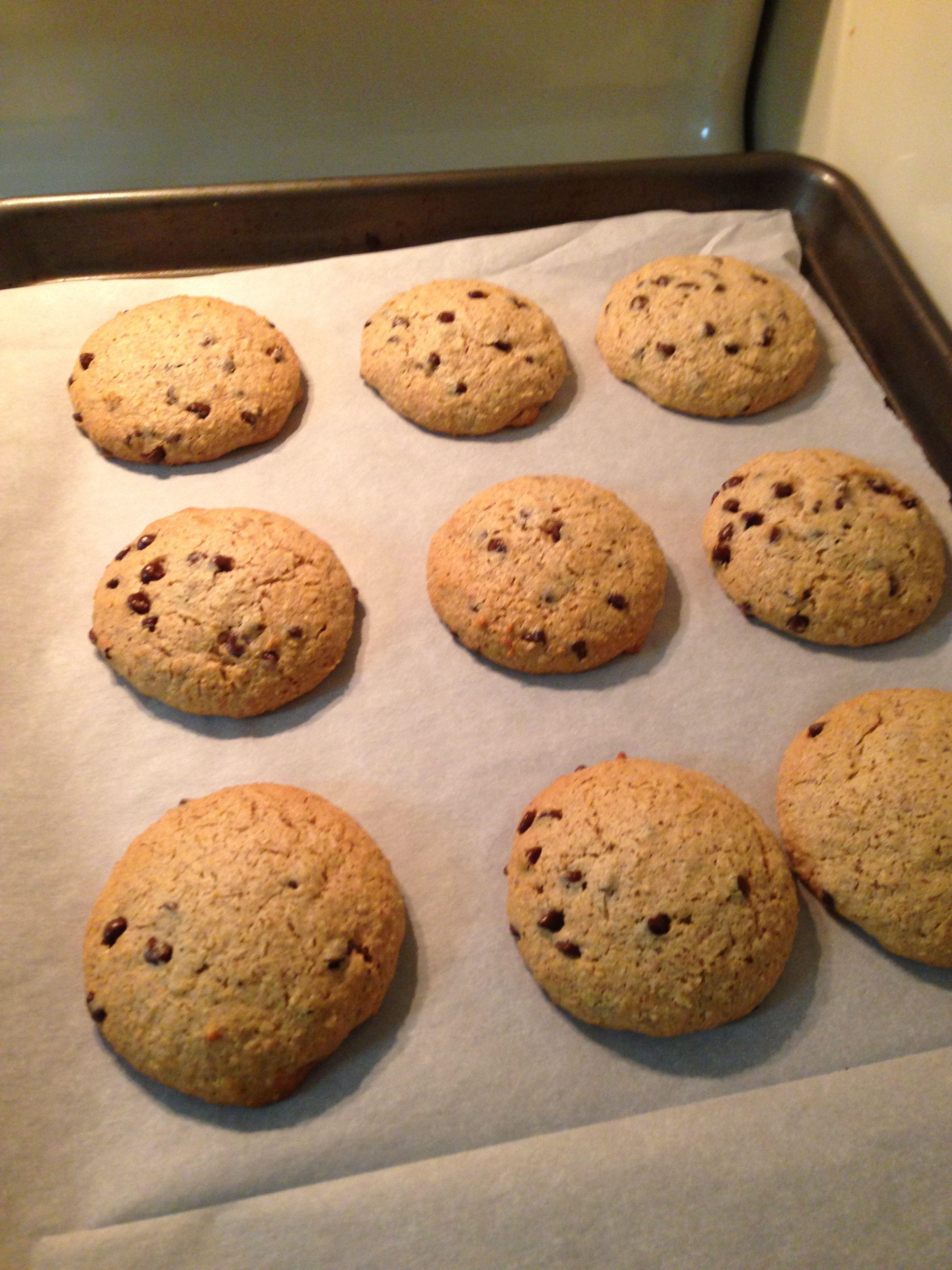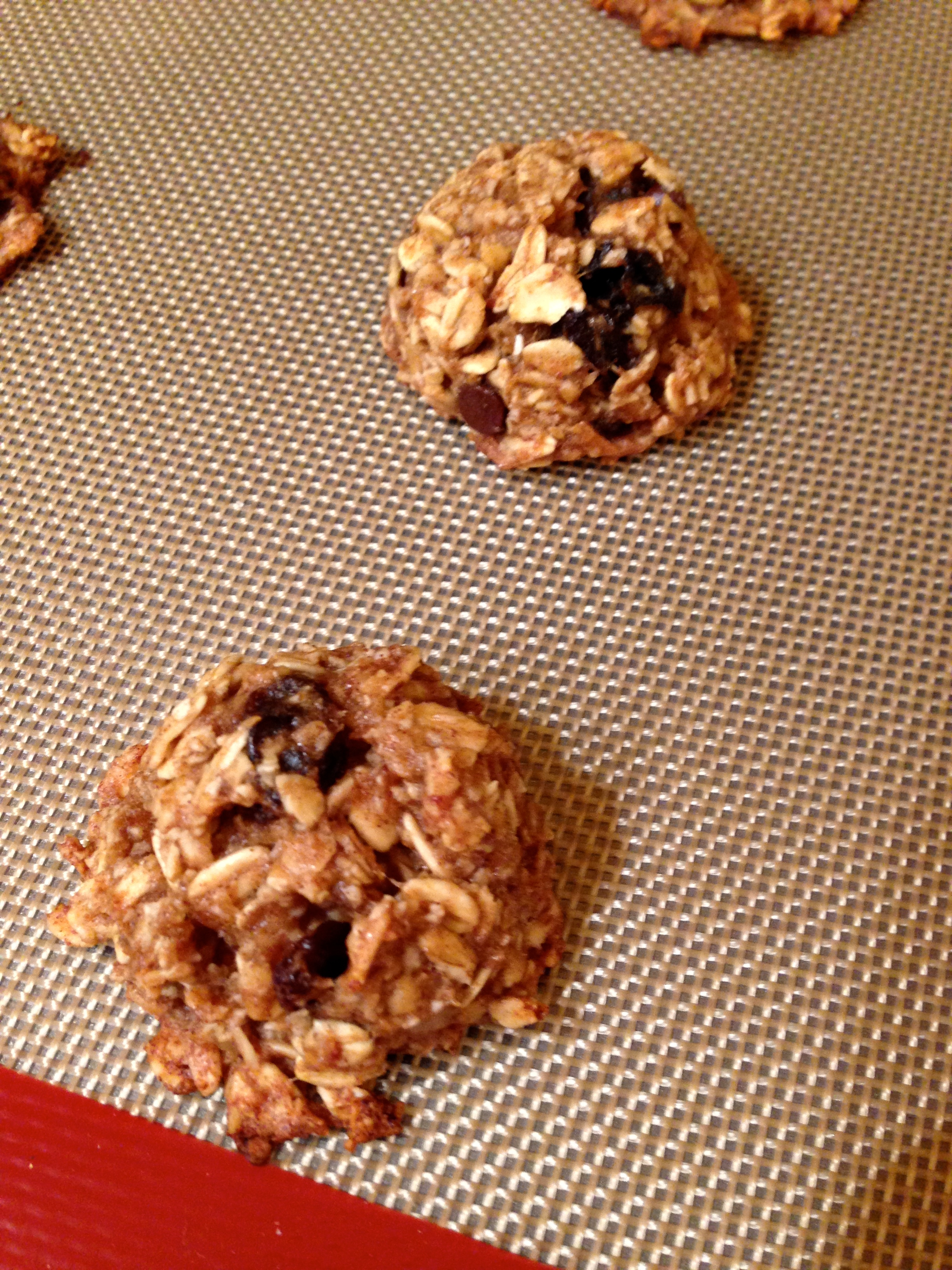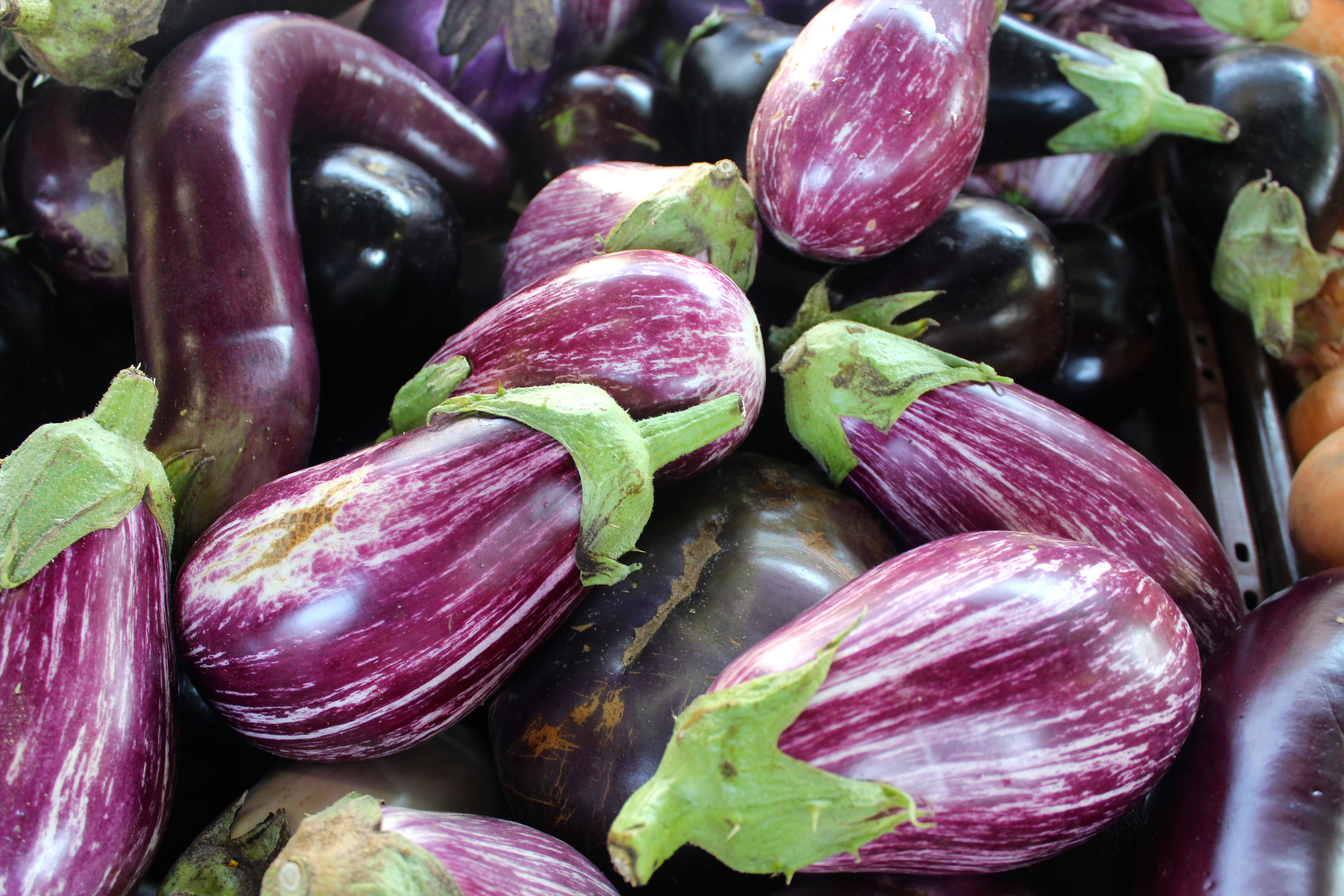As much as we have complicated what it means to eat healthy, some wonderful people have dedicated their lives to come up with ways to simplify it.
During one of my lectures in nutrition school, I learned a simple acronym from Dr. Joel Fuhrman (#1 New York Times bestselling author and board-certified family physician specializing in nutritional medicine) that has stuck with me ever since.
The acronym represents a group of the most nutrient-dense, disease-fighting, immune-boosting, health-promoting foods in the world, foods we should eat a lot of on a daily basis.
I’m going to get a little nerdy here for a second. I had never heard this information before, and it transformed the way I looked at these foods.
Angiogenesis is the formation of new blood vessels. Tumors (and fat cells) need blood vessels to grow, replicate and spread.
The foods I’m about to share with you contain compounds called angiogenesis inhibitors. These compounds are designed to prevent the formation of new blood vessels, thereby stopping or slowing the growth or spread of abnormal cells, like tumors, and protecting the body against fat storage.
Certain cancer drugs contain angiogenesis inhibitors, but these compounds also occur naturally in dozens of plants!
The good news? You’re probably already familiar with these foods…but, chances are you aren’t eating enough of them and may not have known just how good for you they are.
Okay, you’ve waited long enough! Ready for the acronym?
G-BOMBS (Greens, Beans, Onions, Mushrooms, Berries, Seeds)
Check out my video series on YouTube about each one. This video sums up the gist of why GBOMBS are so good for us, but I also outline that info below 🙂
https://www.youtube.com/watch?v=uPRwzswfSnw
Let’s break it down.
G = Greens
 Sources: spinach, broccoli, cabbage, kale, collard greens, arugula, Brussels sprouts, cauliflower, romaine lettuce, Swiss chard, beet greens, red and green leaf lettuce, bok choy…and many others!
Sources: spinach, broccoli, cabbage, kale, collard greens, arugula, Brussels sprouts, cauliflower, romaine lettuce, Swiss chard, beet greens, red and green leaf lettuce, bok choy…and many others!
Nice to know: Chew them thoroughly (inhaling a salad won’t give you the full effect of the nutrients) to break down the cell walls of these plants in order to release their immune-boosting and anti-cancer effects.
BONUS: Per calorie, leafy green veggies have more nutrients than any other food, and they can be consumed in virtually limitless quantities. If you remember only one thing, remember to eat more leafy greens!
B = Beans
Sources: lentils, kidney beans, black beans, adzuki (aduki) beans, pinto beans, chickpeas, black-eye peas, cannellini beans, navy beans, split peas
Nice to know: It’s super cheap to buy dried beans and cook them yourself. As a time-saving strategy, we usually buy cooked Eden brand beans because they come in BPA-free cans and are prepared with kombu, which is a seaweed that makes the beans easier to digest. Cooking beans with a thumb-size piece of kombu will reduce their not-so-pleasant gassy effects. “Beans! Beans! Good for your heart, the more you eat…” well, you know the rhyme!
O = Onions
Sources: red, yellow, and white onions, shallots, garlic, scallions, leeks
Nice to know: These give food a TON of flavor, so use them liberally (and bring a toothbrush!)! Just like with greens, the disease-fighting compounds are released when we chop, crush, or chew them, so remember to chew them well.
M = Mushrooms

Sources: white, cremini, Portobello, oyster, shiitake, maitake, reishi, trumpet, chanterelle
Nice to know: Raw mushrooms should always be cooked to get rid of the mild toxins they contain. They taste great sauteed, roasted, and mixed into soups, stews and sauces. If you’re particularly interested in the medicinal properties of mushrooms, you might want to take a look at this medicinal mushroom chart.
B = Berries
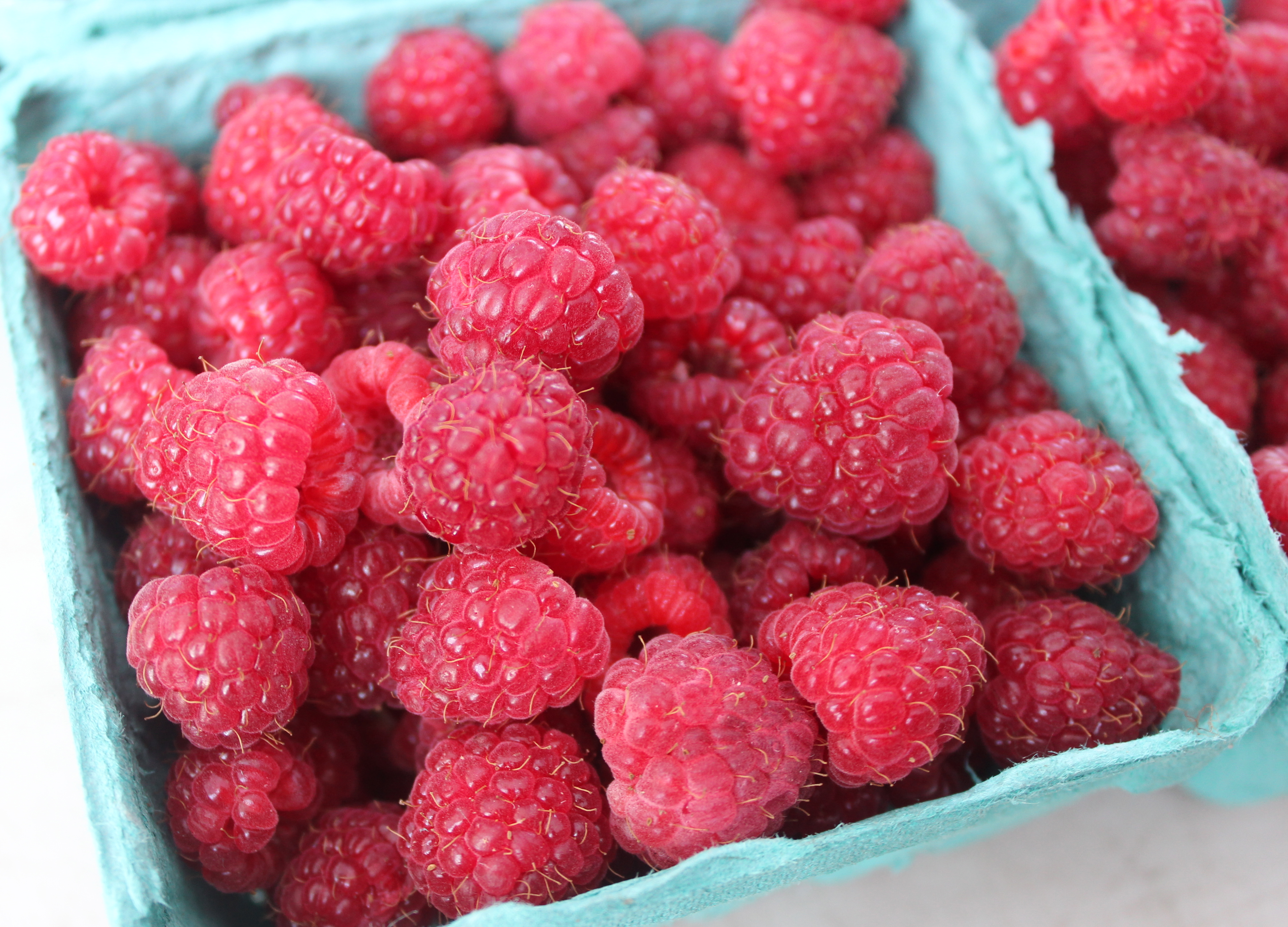
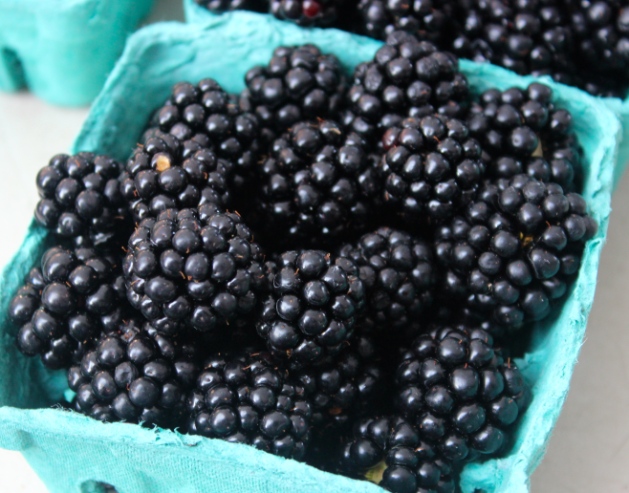
Sources: blueberries, blackberries, raspberries, strawberries, pomegranates
Nice to know: Don’t wash them until you are ready to eat them. Store a piece of paper towel in the container with them to reduce moisture and prevent spoilage. We buy a big bag of organic frozen mixed berries at BJs Wholesale Club for under $10! Berries are one of the most contaminated fruits, so it is best to buy them organic.
S = Seeds (and nuts)
Sources: sunflower seeds, chia seeds, flaxseeds, hemp seeds, pumpkin seeds, sesame seeds, macadamia nuts, pecans, Brazil nuts, walnuts, almonds
Nice to know: Buying raw nuts and seeds in bulk can save money. Store nuts and seeds in glass jars in your refrigerator or in a consistently cool, dark place. They contain delicate oils that can go bad (rancid) when left out in warm and/or variable temperatures.
The body is amazing. It’s smart. It was innately designed to resist disease and be immune to viruses and bacteria with proper nutrition.
Upgrade your nutrition by adding in one (or more!) GBOMBS at your next meal.
I’ll be posting some of my favorite GBOMBS recipes in another post later this week, so stay tuned!

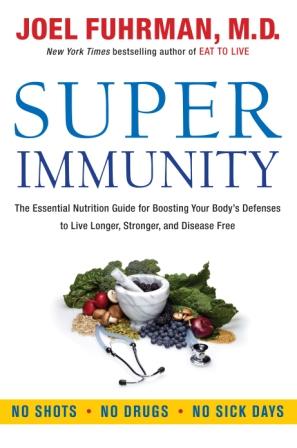 For more details and references to all of the studies that back up this information, check out this link on Dr. Fuhrman’s website. You could also read one of his books – Eat to Live and Super Immunity. I’ve read both and learned so much from him. These books (and the testimonials of the people in them) could literally transform your life!
For more details and references to all of the studies that back up this information, check out this link on Dr. Fuhrman’s website. You could also read one of his books – Eat to Live and Super Immunity. I’ve read both and learned so much from him. These books (and the testimonials of the people in them) could literally transform your life!
Like this:
Like Loading...
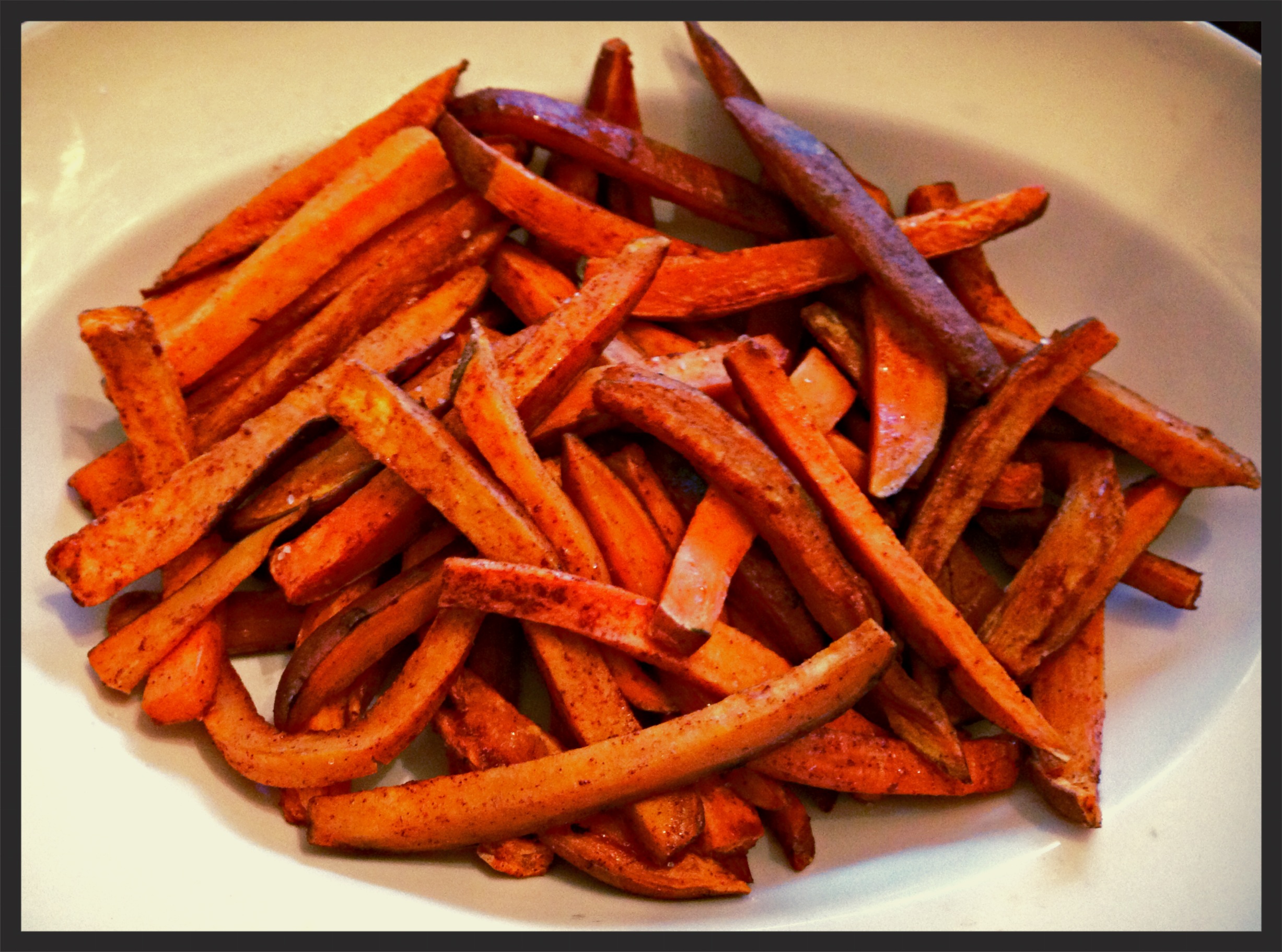
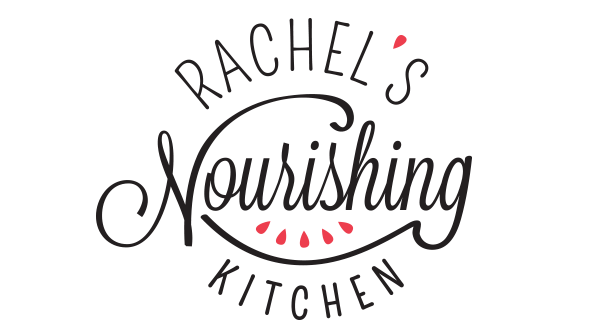

 Sources: spinach, broccoli, cabbage, kale, collard greens, arugula, Brussels sprouts, cauliflower, romaine lettuce, Swiss chard, beet greens, red and green leaf lettuce, bok choy…and many others!
Sources: spinach, broccoli, cabbage, kale, collard greens, arugula, Brussels sprouts, cauliflower, romaine lettuce, Swiss chard, beet greens, red and green leaf lettuce, bok choy…and many others!



 For more details and references to all of the studies that back up this information,
For more details and references to all of the studies that back up this information, 